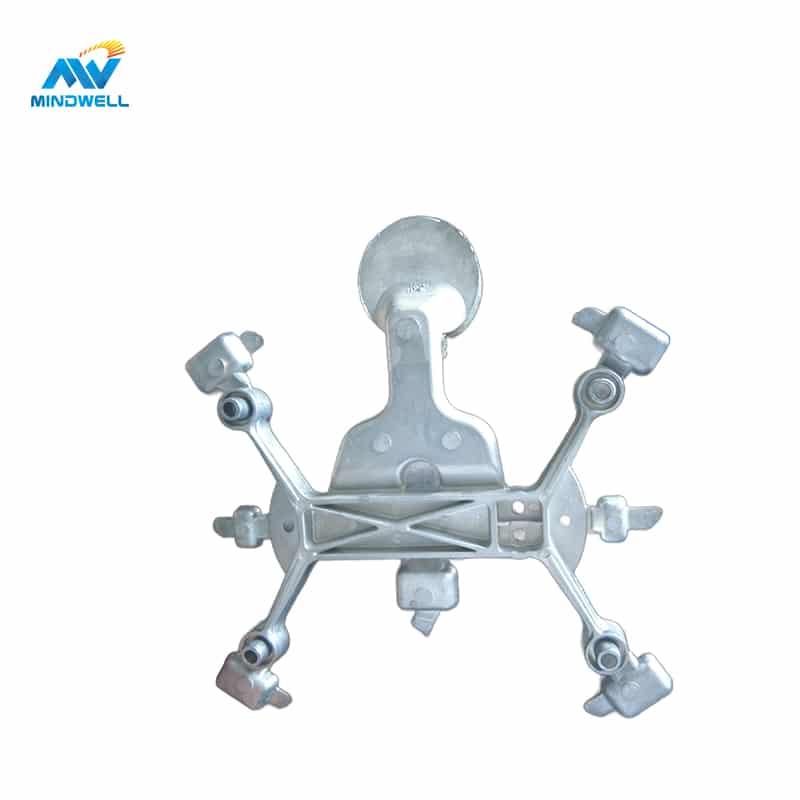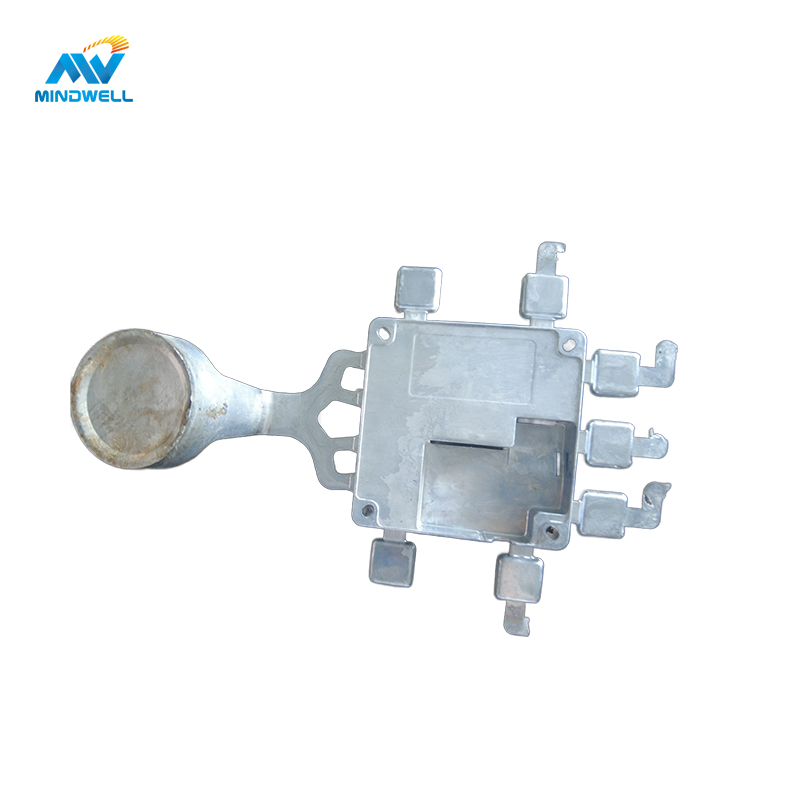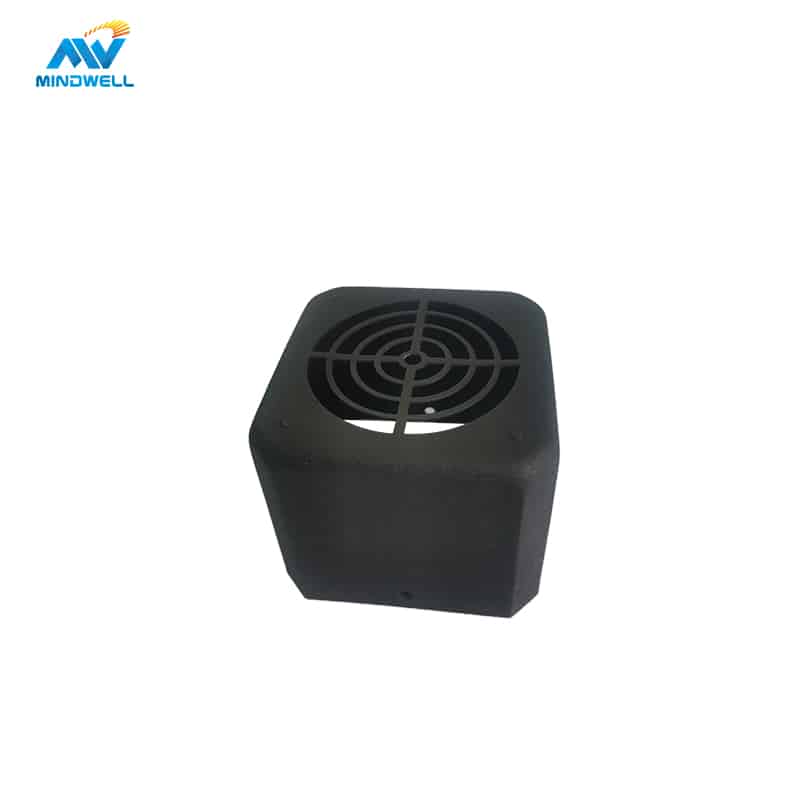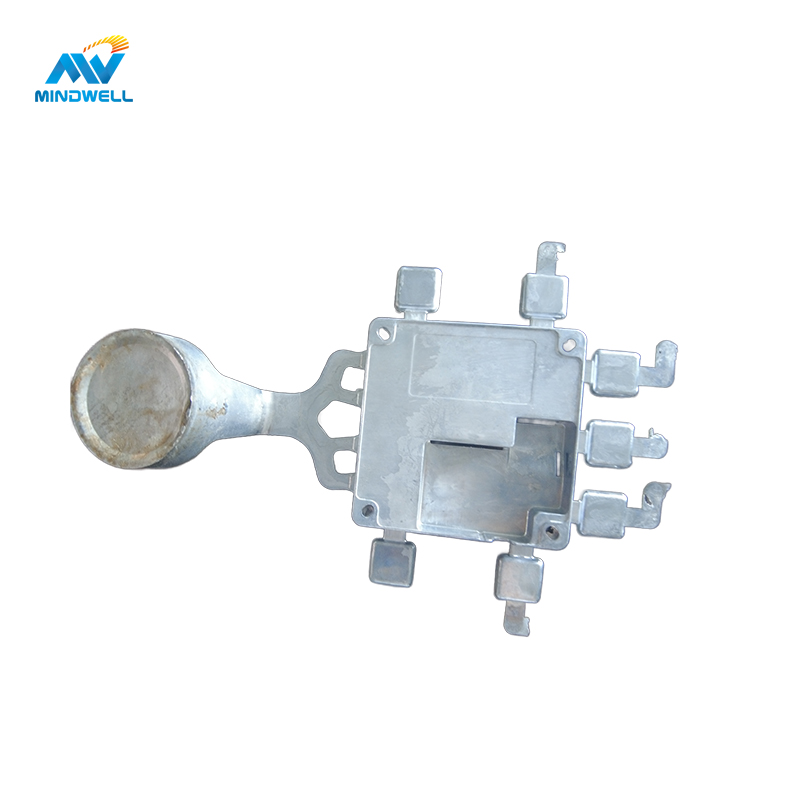Is aluminum alloy? Yes, is the straightforward response. Rarely is pure aluminium, a lightweight and resistant-to-corrosion metal, used in industrial settings. Rather, it is mixed with other elements to form aluminium alloys, each of which has unique characteristics appropriate for a certain use. This article delves into the wide realm of aluminium alloys, examining their many varieties, grades, characteristics, and uses.
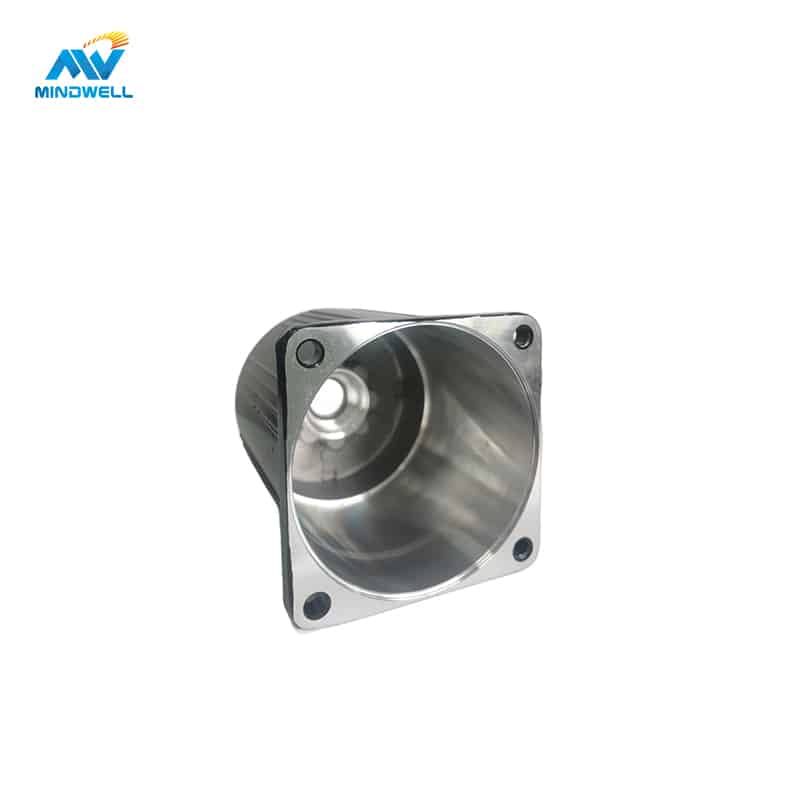
Comprehending aluminium Alloys
Is an alloy aluminium?
Indeed. Because pure aluminium lacks strength and is soft, it is seldom employed in industrial applications. Copper, zinc, magnesium, and silicon are among the elements that are alloyed with aluminium to improve its mechanical and physical qualities.
Various Aluminium Alloy Types:
The alloying ingredients and intended uses of aluminium alloys determine their classification. These are a few typical kinds:
2xxx Series:
Example: 2024
Known for having great strength and tolerance to fatigue, it is often used in aeronautical applications.
3xxx Series:
Example: 3003
Used often in architectural applications and culinary equipment, it is well-known for its exceptional formability and resistance to corrosion.
5xxx Series:
Example: 5052
High corrosion resistance makes it appropriate for automotive and marine applications.
6xxx Series:
Example: 6061
Highly regarded for its strength, resistance to corrosion, and weldability, it is often used in structural parts.
7xxx Series:
Example: 7075
Known for its extraordinary strength, it is often used in high-stress and aerospace applications.
Series 8xxx:
Example: 8011
mostly used in packaging and domestic applications because to its formability and resistance to corrosion.
Grades and Characteristics of Aluminium
Properties of Aluminium Alloy:
Depending on its composition, aluminium alloys have a broad range of qualities. Typical characteristics include the following:
- high ratio of strength to weight
- Resistance to corrosion
- exceptional electrical and thermal conductivity
- Machinability and Formability
Aluminium vs Aluminium Alloy:
Alloys made of aluminium are combinations of aluminium with other elements, but aluminium is an element in and of itself. Specific qualities of aluminium alloys are improved by the inclusion of alloying elements, increasing their adaptability to a wider range of applications.
Aluminium Classification:
The two primary types of aluminium alloys are wrought alloys, which are formed by mechanical methods, and cast alloys, which are moulded into shape.
Getting Around the World of Aluminium Alloys
Chart of Aluminium Series:
An aluminium alloy coding scheme consisting of four digits has been established by the Aluminium Association. The principal alloying ingredient is indicated by the first numeral, which also serves as a fast reference for alloy properties.
What is the number of types of aluminium?
There is a wide range of aluminium alloys available, and each kind is made to fulfil certain needs. A wide range of sectors demonstrate how versatile aluminium alloys are, from aerospace engineering to common home products.
Grades of Cast Aluminium:
Cast aluminium alloys are used in situations where precise forms are necessary. Automotive parts, ornamental features, and engine components are a few notable examples.
Comparison of Aluminium Alloys:
Selecting the ideal aluminium alloy requires taking formability, strength, and corrosion resistance into account. The best alloy for a particular application may be chosen with the aid of a thorough comparison.
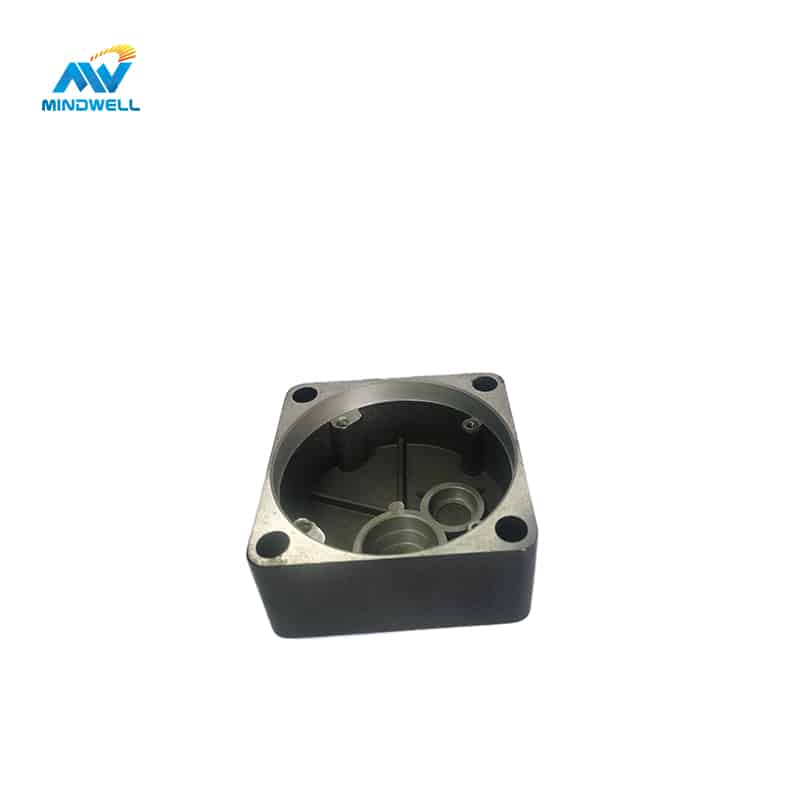
In summary
To sum up, the field of aluminium alloys is broad and active, providing engineers and producers with a plethora of choices. Selecting the appropriate material to fulfil certain requirements requires an understanding of the kinds, grades, and qualities of aluminium alloys. Aluminium alloys continue to change and elevate sectors, showcasing the extraordinary metal’s flexibility and adaptability in everything from aeronautical wonders to daily basics.
FAQ
1. How many types of aluminium alloys are there?
There are many different kinds of aluminium alloys, and as scientists and engineers create new combinations to satisfy particular needs, the range of alloys keeps growing. Based on the primary alloying constituents in each aluminium alloy, the Aluminium Association, a US industry association, has categorised aluminium alloys into series. Below is a quick summary of some typical series and types:
1xxx Series:
99% or more pure aluminium is the alloying element.
For instance, 1100
Qualities: Outstanding conductivity, high resistance to corrosion, and great formability.
2xxx Series:
Cu (alloying element)
Examples include 2014 and 2024.
Properties: Used in aerospace applications, high strength, great fatigue resistance.
3xxx Series:
Compound for Alloying: Manganese
3003, 3105, as examples
Properties: Widely used for various applications, good formability, moderate strength.
The 4xxx Series:
Silicon is an alloying element.
For instance, 4043
Properties: Used for brazing and welding, it has good fluidity when melted.
The 5xxx Series:
Elemental Alloying: Magnesium
Instances: 5052, 5083.
Features: Superior resistance to corrosion, increased tensile strength, often used in maritime settings.
6xxx Series:
Silicon and Magnesium are Alloying Elements
Instances: 6061, 6063.
Properties: Often used in structural applications, this material has a good blend of strength, formability, and weldability.
7xxx Series:
The alloying elements are copper and zinc.
For instance, 7075, 7050
Features: Excellent strength; used in high-stress and aerospace applications.
Series 8xxx:
additional alloys not included in the preceding series.
For instance, 8011 is a packing code.
Properties: Change depending on the application and particular alloy composition.
Every series has a variety of alloys, and within each alloy, the material’s characteristics may be further influenced by varying tempers or heat treatment settings. Furthermore, speciality alloys with distinct properties are created for particular uses, such as consumer electronics, aerospace materials, and automobile parts.
The categorization makes it simpler for engineers and manufacturers to choose the best material for their intended applications by offering a methodical approach to comprehend and classify aluminium alloys.
2. What are the 4 types of alloys?
Metallic materials known as alloys are created by mixing two or more elements, at least one of which must be a metal. Alloys come in a variety of forms, however they may be generally divided into four categories:
Alternative Alloys:
Atoms of one element are swapped out for atoms of the main metal in substitutional alloys. For this replacement to happen without causing a large amount of crystal lattice deformation, the atoms involved should be comparable in size and characteristics. Bronze (copper-tin alloy) and brass (copper-zinc alloy) are two common examples.
Alloys Interstitial:
Smaller atoms of a different element fit into the gaps (interstices) between the atoms of the main metal in interstitial alloys. This often happens when there are significant differences in the atoms’ sizes. Steel is one example, where carbon atoms are able to fit into the voids left by the crystal lattice of iron.
Alloys with Interstitial Substitution:
These alloys are a combination of interstitial and substitutional alloys. Smaller atoms of a third element occupy the spaces left by the replacement of some of the main metal’s atoms with those of another element. For example, stainless steel is an interstitial substitutional alloy in which smaller carbon atoms occupy interstitial gaps and chromium atoms replace certain iron atoms.
Alloys Composite:
Dispersion-hardened alloys, another name for composite alloys, are made of metal matrices with scattered particles of another material. These scattered particles may consist of a non-metallic substance or another metal. These particles reinforce the alloy when they are present. Aluminium reinforced with ceramic particles is one example.
These groups provide a broad foundation for comprehending the many combinations of elements that might result in alloys. An alloy’s particular characteristics and uses are determined by the elements, their ratios, and the production techniques used. Because they provide materials with a mix of qualities that often outperform those of individual elements, alloys are essential to many different sectors.
3. What are the 3 types of aluminum forms?
Aluminium is a multipurpose metal that is often used in a variety of ways to satisfy the distinct requirements of various industries. The following are the three main forms of aluminium:
Aluminium Plates and Sheets:
Aluminium sheets and plates are thin, flat pieces of aluminium available in different thicknesses and sizes. Applications for them include general manufacturing, automotive, aerospace, and construction.
Applications: Automobile panels, aviation components, building facades, and a variety of structural and aesthetic uses are among the uses for aluminium sheets and plates.
Extrusions of aluminium:
In order to manufacture precise forms with a constant cross-sectional profile, hot aluminium is forced through a die to make aluminium extrusions. These extrusions may be made into tubes, bars, angles, channels, and personalised profiles.
Applications: Extruded aluminium finds extensive usage in electronics, building, transportation, and architecture. Window frames, door frames, curtain walls, and structural components are examples of common uses.
Aluminium Foil:
Generally less than 0.2 mm thick, aluminium foil is a thin, flexible sheet of aluminium. It is created by rolling aluminium ingots into thin sheets, and its superior flexibility, conductivity, and barrier qualities are well-known.
Applications: There are many uses for aluminium foil in cooking, electronics, insulation, and packaging. It is often used as a heat exchanger in electrical equipment, food packaging, household foil, and insulating material.
The three aforementioned types signify the principal methods by which aluminium is refined and used throughout diverse sectors. The choice of form relies on the needs of the application, since each form has unique benefits depending on its characteristics. Aluminium is still a preferred material in many different sectors because of its lightweight, resistance to corrosion, and versatility.
4. What are the two main alloys of aluminium?
The two primary aluminium alloys are:
The 6061 Aluminium Alloy:
Composition: Mainly made of aluminium, with trace quantities of silicon, magnesium, and copper and chromium added.
Properties: Weldability, strength, and resistance to corrosion are among 6061’s best qualities. It has excellent machinability and is often used in structural settings. It is simple to forge, weld, and extrude.
Applications: Frequently used in the building of bicycle frames, automobile parts, aviation structures, and structural elements for a variety of industries.
The 7075 Aluminium Alloy:
Main component: aluminium; minor quantities of zinc, copper, and other metals are also present.
Properties: The high strength, superior resistance to stress-corrosion cracking, and exceptional machinability of 7075 are well known. Although it is not as corrosion resistant as 6061, it is nonetheless often used in situations where strength is of the utmost importance.
Applications: Often used in aerospace applications, such as high-stress parts, missile components, and aircraft structures. It’s also used in certain car parts and high-performance bicycle frames.
These alloys are just a tiny portion of the large variety of aluminium alloys that are available; each is specially designed for a certain use due to its own set of qualities. The final product’s intended purpose, formability, corrosion resistance, and strength requirements all play a role in the alloy selection process.
5. What is the common type of Aluminium alloy?
Aluminium Alloy 6061 is a popular and extensively used variety of aluminium alloys.
The 6061 Aluminium Alloy:
Composition: Mainly made of aluminium, with small amounts of silicon and magnesium. There could also be trace levels of chromium, copper, and other metals.
Qualities:
- Strength: Comparable to structural steel, 6061 is renowned for having exceptional strength.
- Good corrosion resistance is provided by it, however not as much as by some other aluminium alloys.
- Weldability: Good weldability makes it appropriate for a range of manufacturing techniques.
- Machinability: 6061 can be easily machined, which makes it possible to create complex pieces.
Uses:
- Frames, supports, and beams are examples of structural components that are often used in building.
- Aerospace: Because of its strength-to-weight ratio, it is used in aircraft constructions.
- Automotive: Wheels and suspension systems are examples of parts and components used in automobiles.
- Consumer products: Used in the manufacture of sports equipment and bicycle frames, among other consumer products.
- General Fabrication: Often used in general fabrication where a harmony between machinability, weldability, and strength is needed.
Thanks to its well-balanced mix of characteristics and adaptability, Aluminium Alloy 6061 is highly valued in a wide range of sectors. It is often used in applications that call for a lightweight, strong, and corrosion-resistant material. However, individual needs may influence the choice of the “common” kind of aluminium alloy, and other alloys such as 5052, 5083, and 7075 are also often employed in various applications. An alloy’s appropriateness is determined by a number of variables, including the intended purpose, the surrounding environment, and the production methods.


